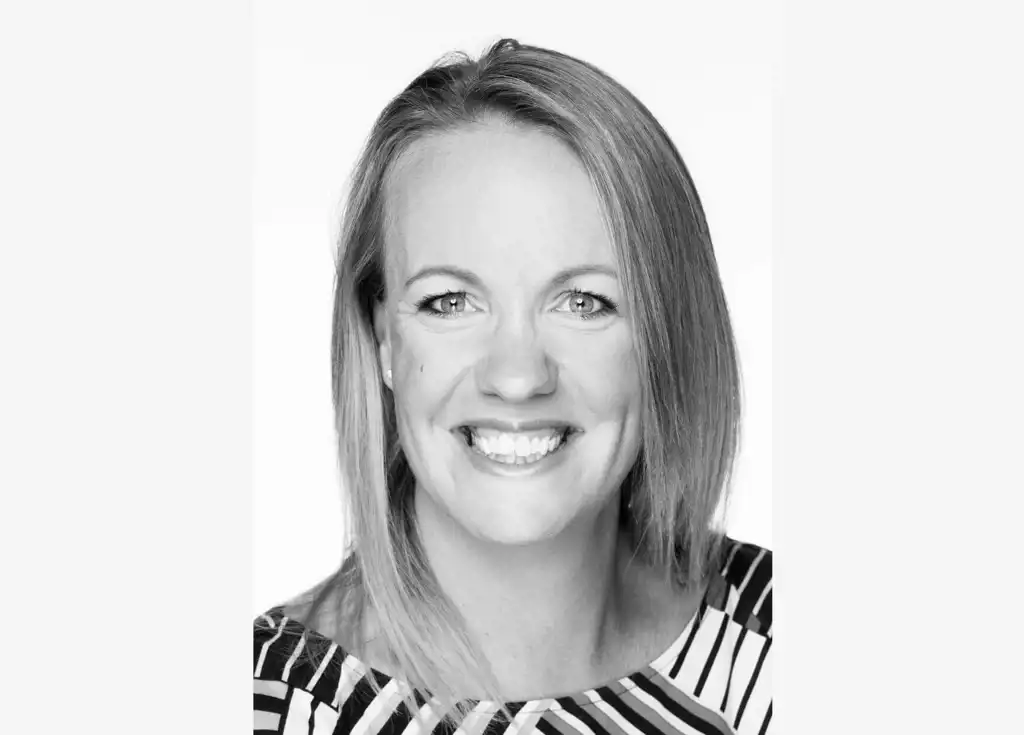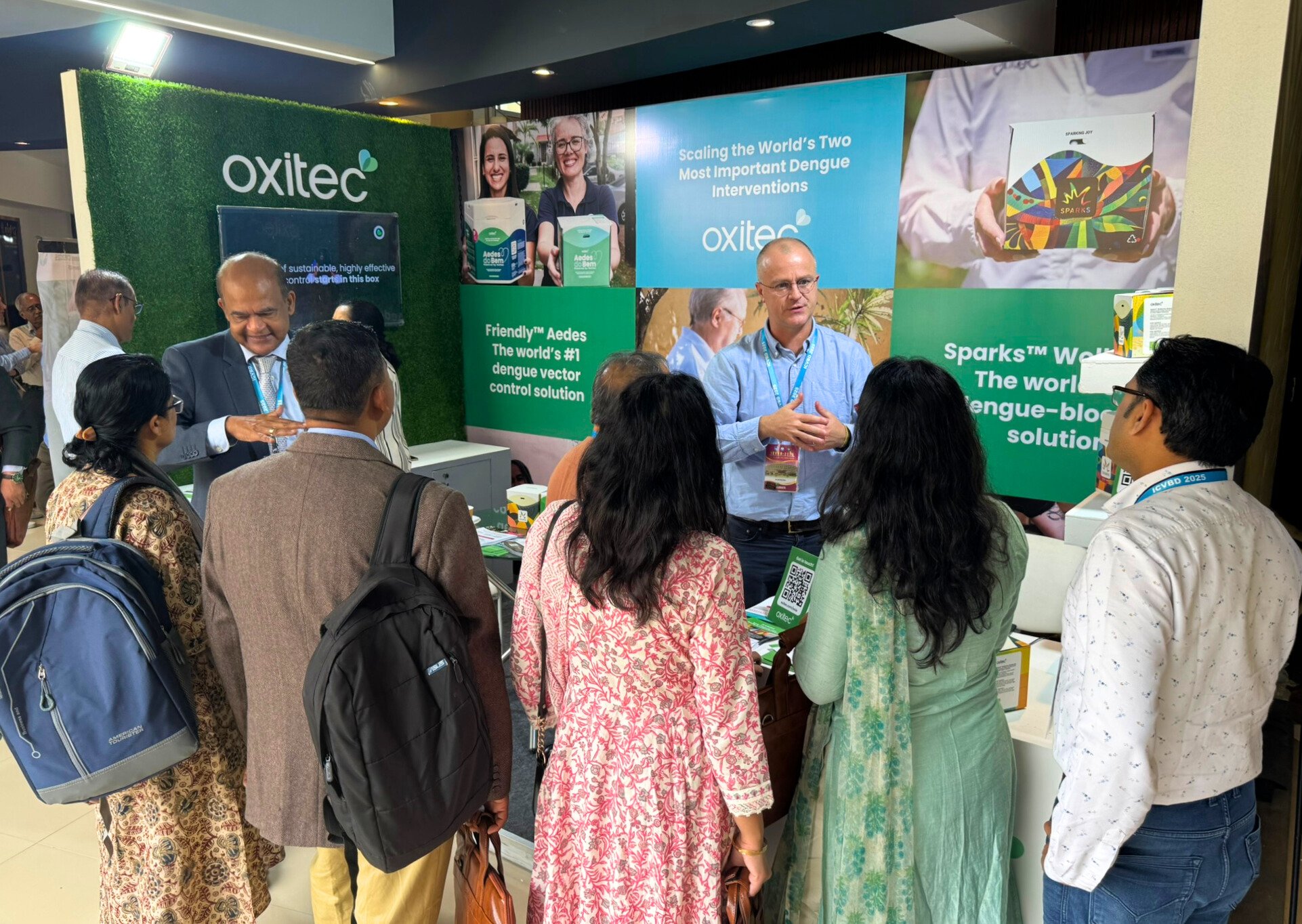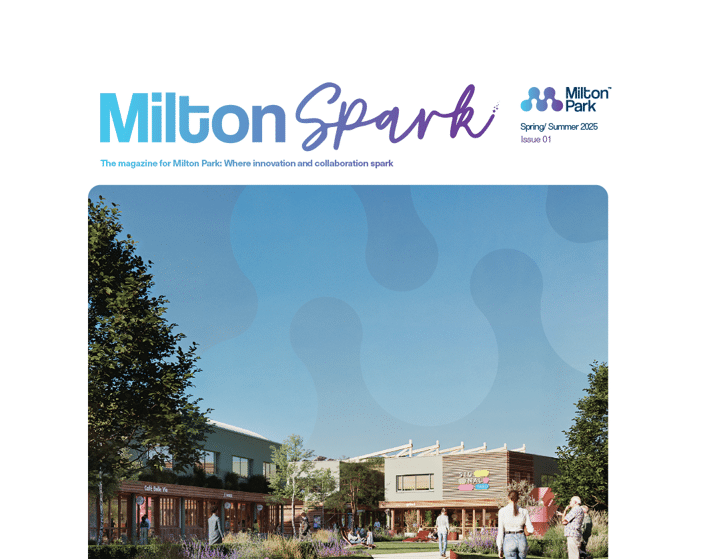Park People: A day in the life of Georgina Horton, Isansys Lifecare
Published on 9 November 2021

Each month, we hear from someone who works on Milton Park to get an insight into the company they work for, their role and the ins and outs of their daily life. This month, we spoke to Georgina Horton, PR and Marketing Executive at Isansys Lifecare– learning more about her time in journalism, her passion for healthcare and her love of a morning gym session.
In my 20 years working in communications, I have interviewed pop groups and celebrities, met with royal correspondents, worked on murder trials, and written stories about those who have triumphed over adversity. But nothing compares with working in healthcare. Working alongside doctors and nurses on a daily basis, I have the ability to connect with them on such an intimate level. While we often meet when they are under pressure or facing a multitude of challenges, I get to know of the problems they face in their daily lives quickly and have an opportunity to help find a solution to make their lives better. This not only impacts the healthcare professionals and organisations themselves, but has a direct impact on improving the healthcare journey for the patient – and ultimately, saving lives.
I started working at Isansys eight years ago. I had been working as a journalist for national newspapers and womens’ magazines, when I realised that the stories I really enjoyed writing about focused mainly on healthcare. It was the only thing in life which really struck a chord with me; the never-ending possibilities healthcare offers, as well as being able to make a difference in someone’s life.
So, I decided to give up life as I knew it as a journalist and started working as the PR and Marketing Executive for Isansys Lifecare and have never looked back.
I still get the enjoyment of writing I did from journalism but now I have the chance to help guide where healthcare is going, work with innovative clinicians who want to reimagine care pathways to improve patient outcomes and enable clinicians to better understand where each patient is on the pathway, what they are waiting for, and what needs to happen next.
Transformation in healthcare is slow. It always has been and so driving new remote patient monitoring technology into a variety of settings can be particularly frustrating at times. However, when Covid struck, this all changed.
At first, all I remember was panic. Not just in the supermarkets or with parents who had to home-school their children, but from frontline staff who feared for their own lives as well as their patients. We received phone calls from hospitals desperate for technology to help them monitor their patients more closely, while themselves staying a safe distance, to protect the doctors and nurses who cared for them.
We knew as a company we had to support those needing help, so as our manufacturing and development team worked tirelessly to meet the demands of our customers, I turned my head to customer training. We had always trained our customers face-to-face but now this was impossible. In a matter of weeks we had to transform as a company. We needed to create virtual training material which could be used to train healthcare professionals quickly and easily, working closely with them to ensure they had everything they needed.
Video producing and editing was made much more challenging working from home, as the dog barked at the most crucial moment or the kids wanted help with their homework as I was just completing “take 114”, but, the storm has now passed, life feels calmer, and I treasure those moments when we all stepped up to make a difference. Healthcare organisations are now adopting new innovations and technology at a faster pace since the Covid, and we are still working with all of those customers (plus many more) but, I think it was that panic; where we were all stripped back to our roots, which really made the difference. People became human for the first time. We weren’t seen as just a supplier, we had grown a partnership with our customers which will now continue to flourish.
I’m an early riser and so you will often see me at the crack of dawn either running a quick 5k, taking part in a spin session or lifting kettlebells. As I’m not a coffee drinker, this kick-starts my day and really gets the creative juices flowing. This is the most constant part of my day because no two days are the same. I know this is a cliché, but it’s true. It’s the law of communications that when you arrive at work, whatever you thought you would be doing, it is likely you will end up doing something completely different. A media enquiry or information request with a tight deadline can take your day in a completely different direction.
So far this week I have: worked with our marketing team to put together a campaign plan to raise awareness as to how remote technology can help support nursing staff who are facing daily pressures, affecting their mental health; created fresh website content; contacted key influencers for a potential podcast opportunity; met with a large corporation who would like to partner with us; written a press release about the launch of a new ground-breaking project; and finalised the first draft of our latest user story which will go live later this week – and, as I write this, it’s only Monday…
It’s a busy role and I work on multiple projects at the same time. It helps to be able to tap into the expertise of our quality team and development team, but I can honestly say that I learn something new every week, whether that’s about hospital ethics, regulatory issues, or the new topics our audiences are talking about; there is always something new I have to get my head around. I hadn’t worked in the medical or technology sector before joining Isansys so I have had to learn and learn quickly but I love every minute of it and, when you speak to a nurse who tells you that our technology is revolutionising the way patients are cared for in and out of hospital, or you learn that a patient you once monitored as they fought for their life, has just started their first day at school, it all seems worthwhile, and who wouldn’t want a job that does that?



